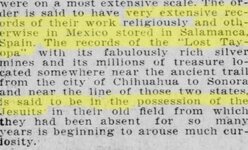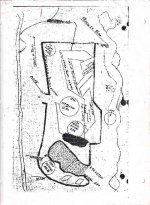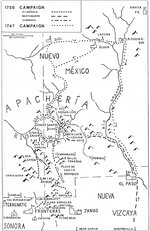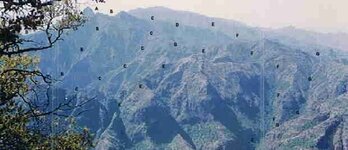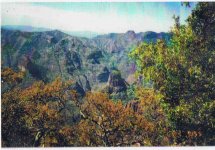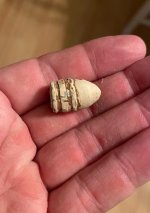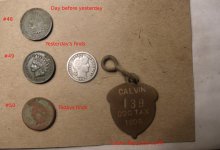HappyTrails55
Sr. Member
Tom, I would take issue with some of your thoughts and research. Not everything as you say it was, was. There are Records OnLine of the De la Guerra Papers and in Santa Barbara, California (of which I have personally reviewed and read) in both Spanish and English of which gives a different Historical Perspective of what apparently you believe. There are many accounts from the Historical Archives that don't jive to some of your statements on this #27 Post. Read up about Father Martinez of San Luis Obispo Mission and the Assentcia of Santa Margarita and the end of his career. Yes, there are examples that are relative to the subject. Not mere legend nor myth, but facts. And yes there were many very early exploration parties of conquistadores and mining expeditions that explored and mined in the interior of California long before 1770 and the Spanish as well as the Mexicans carried on these operations well into and just prior to the Hildago Treaty. But I'm happy that most people believe of what you believe, that leaves more for people like me. Hee,hee, sincerely........that's my 2 cents


